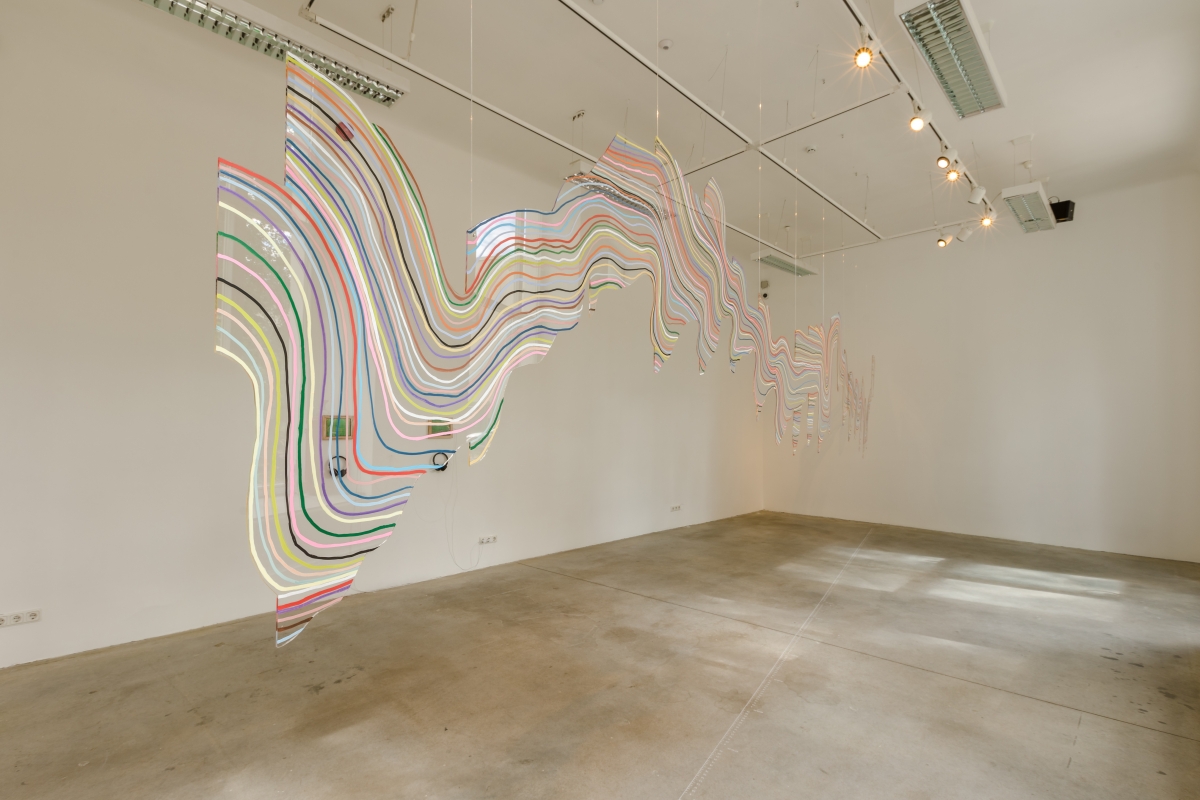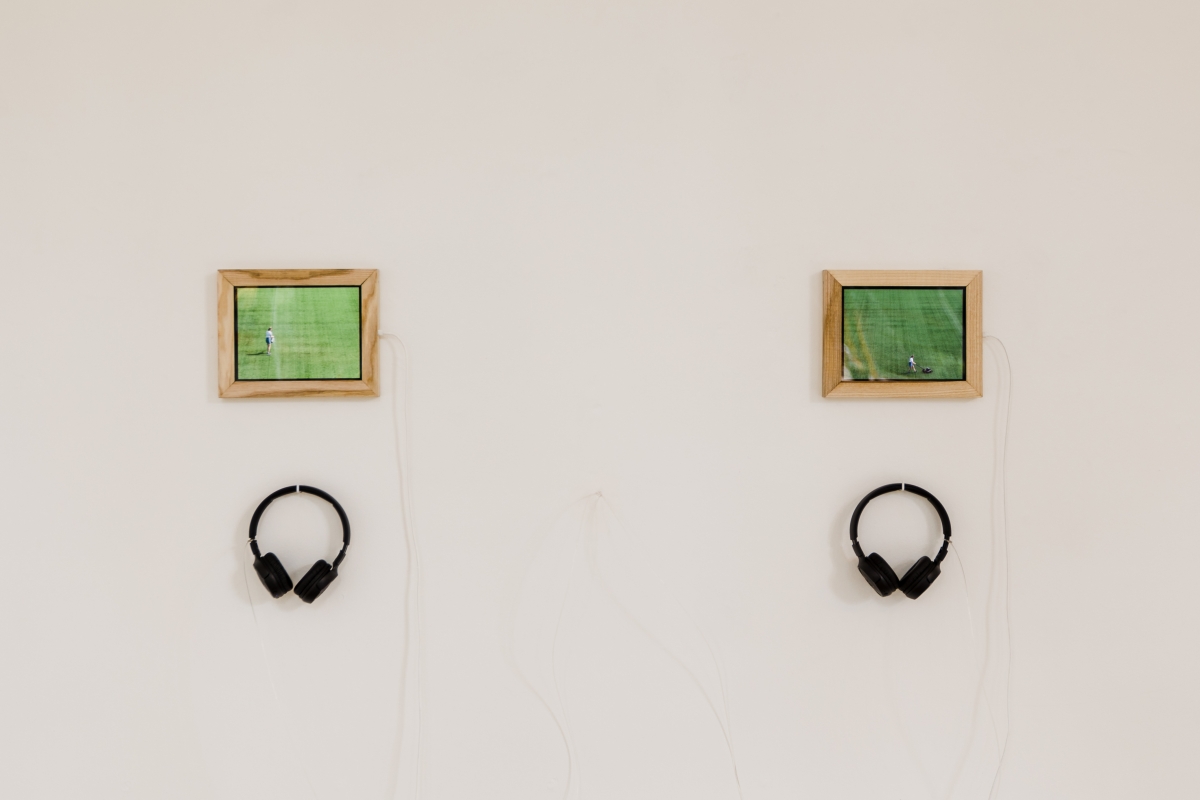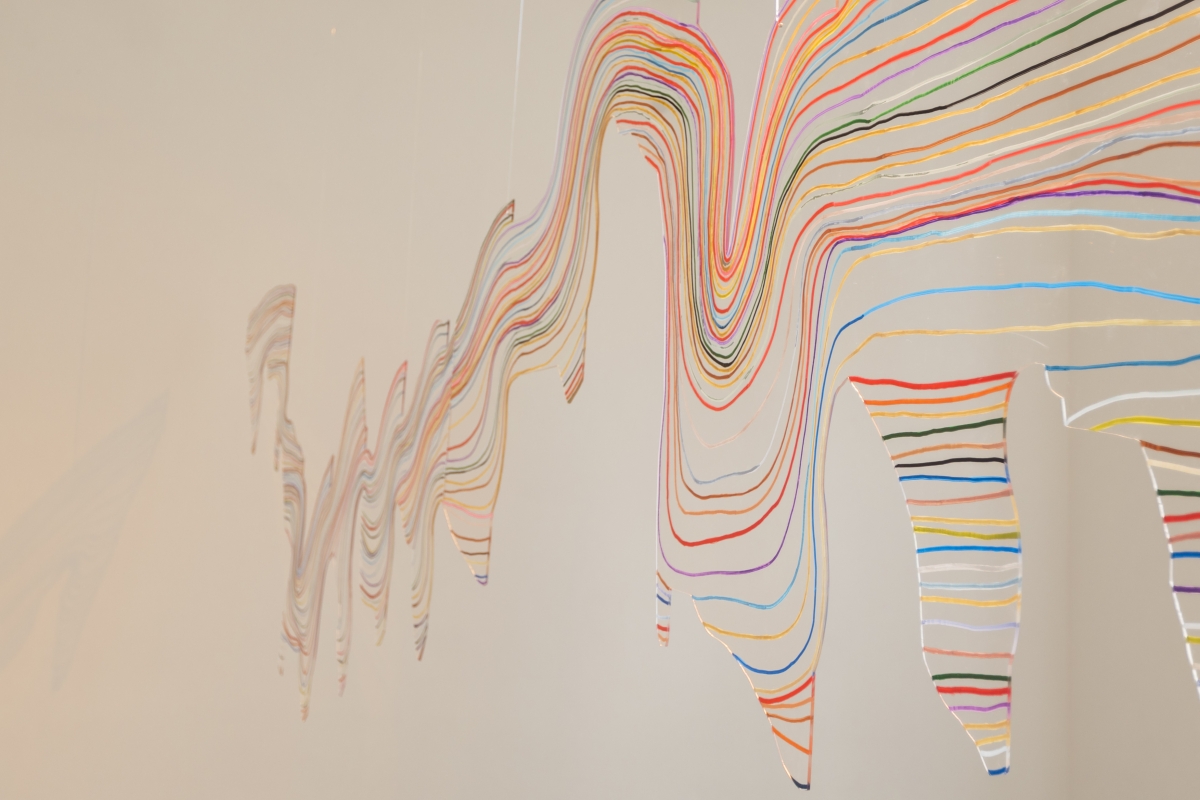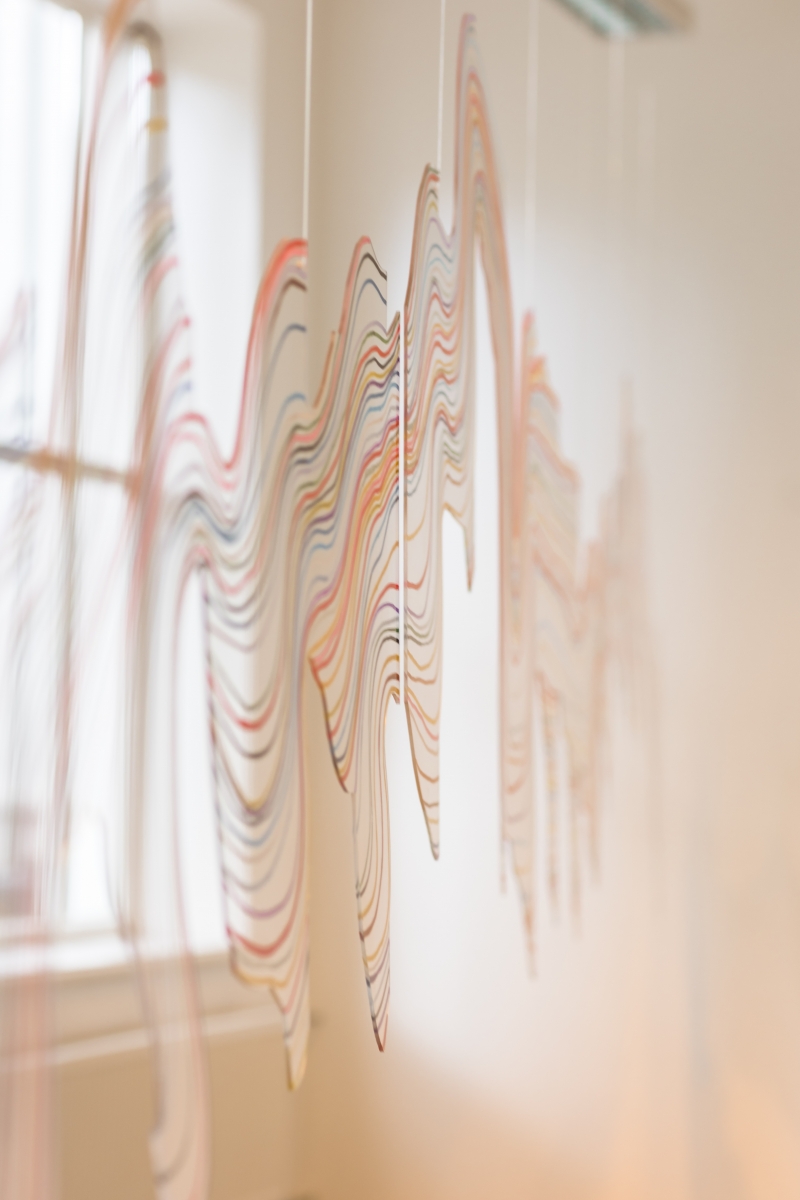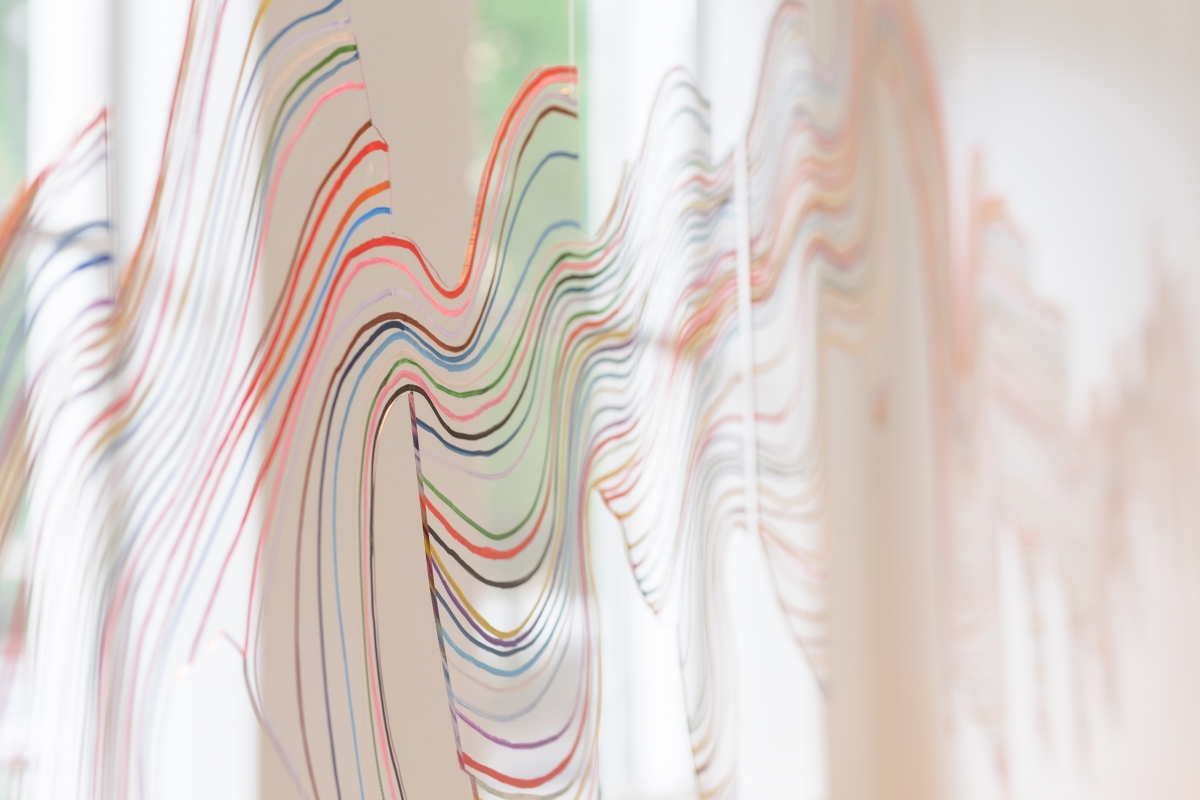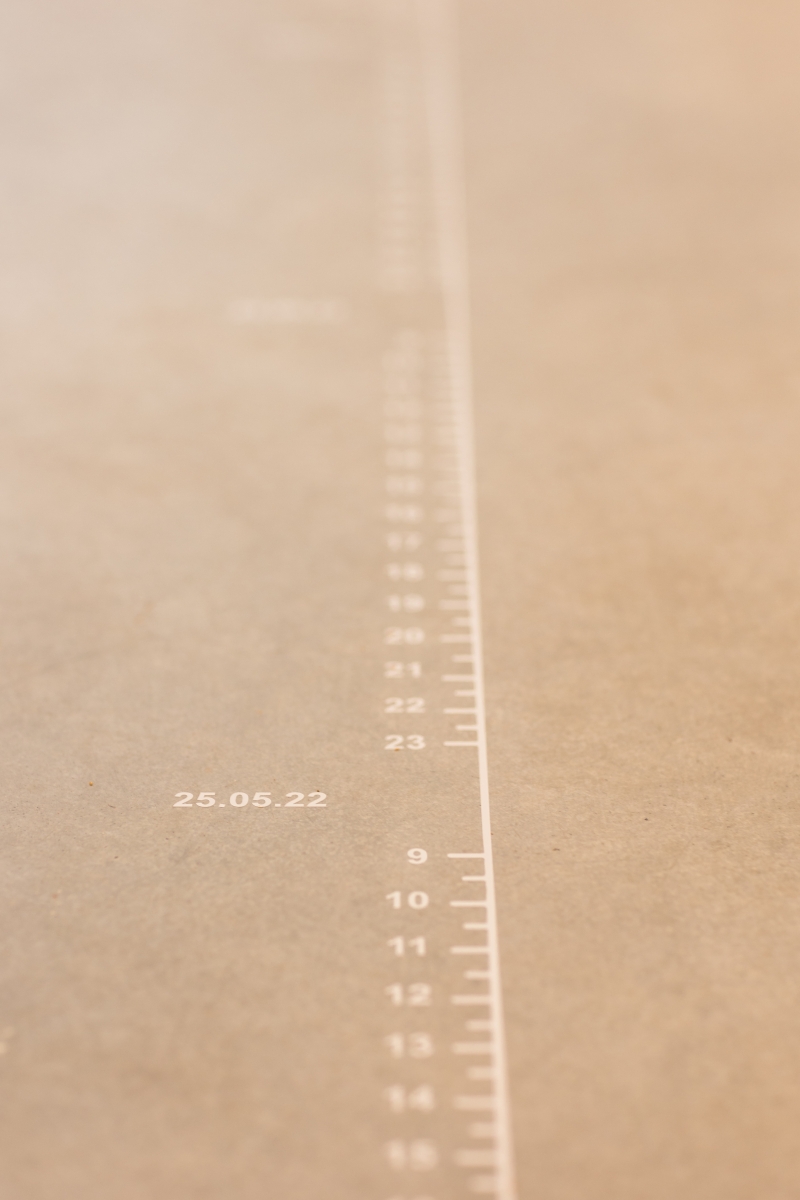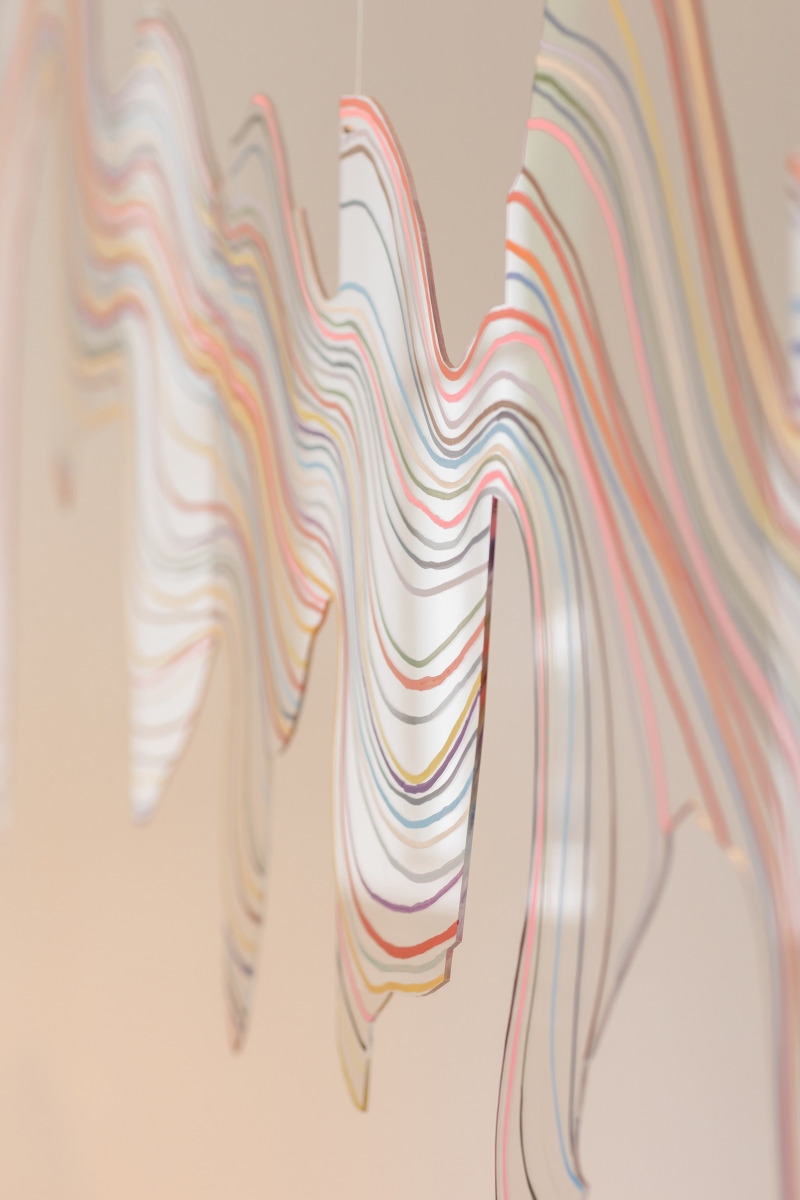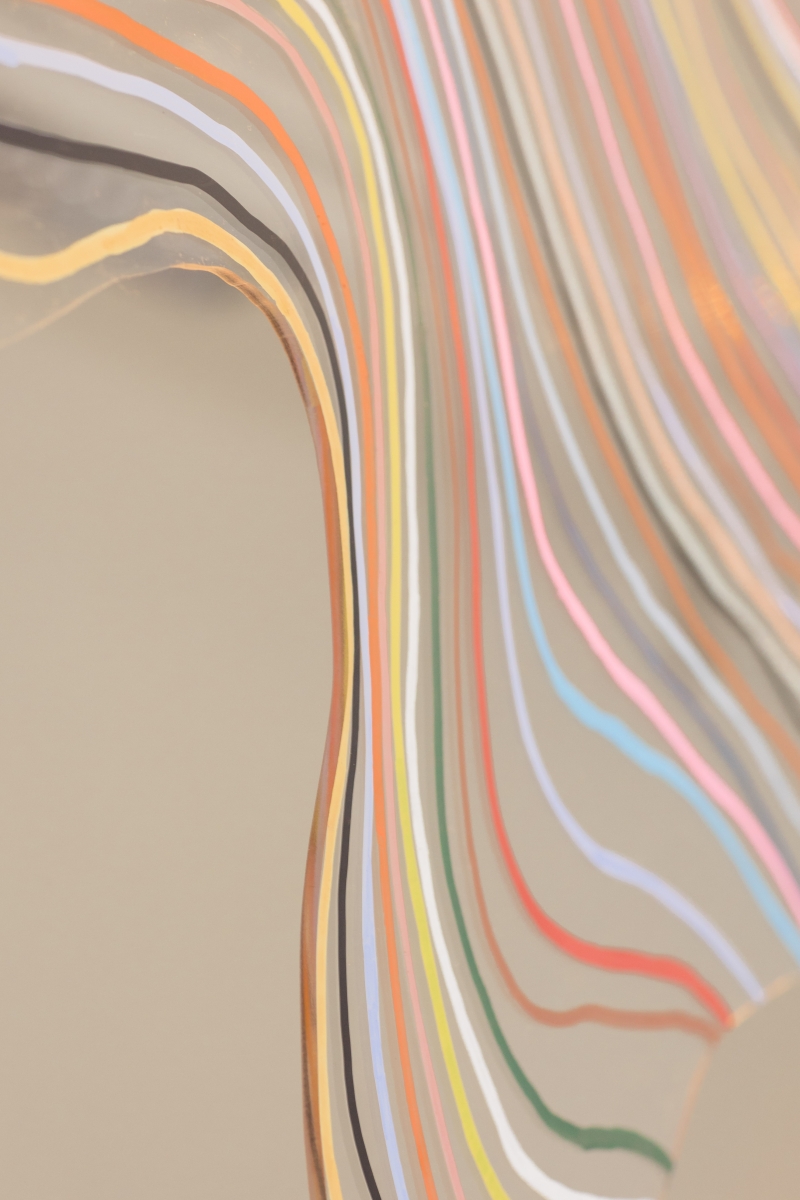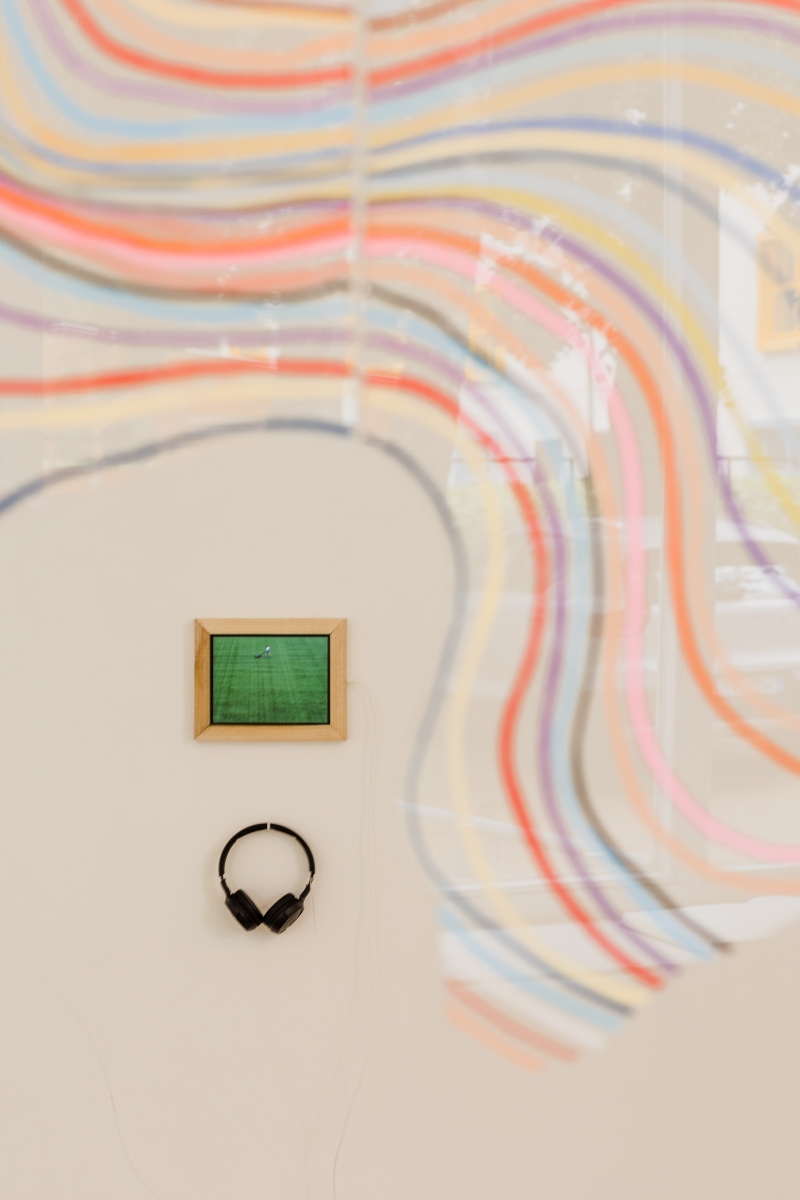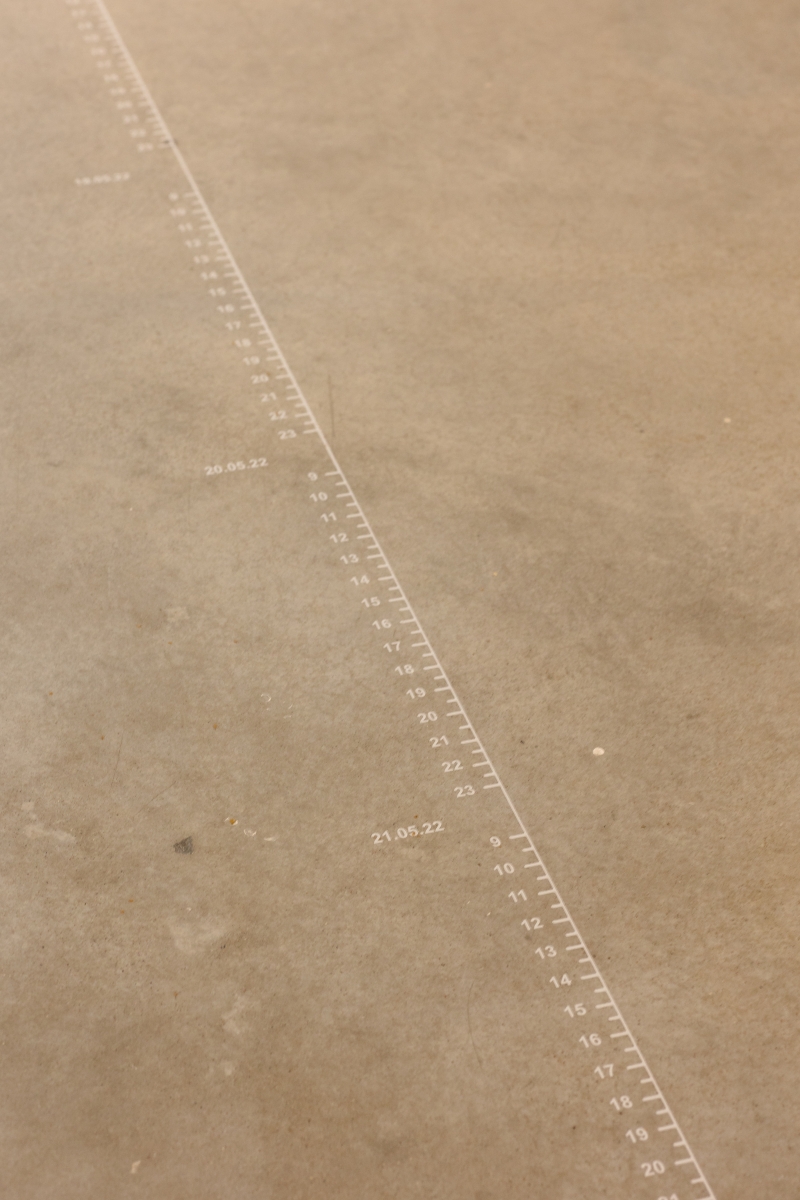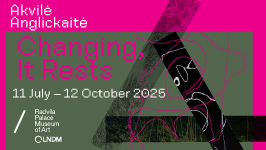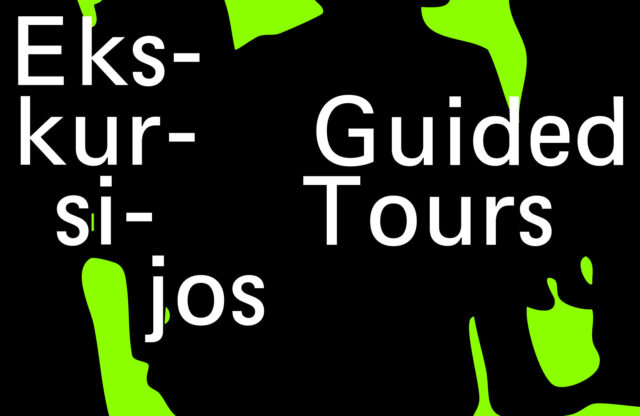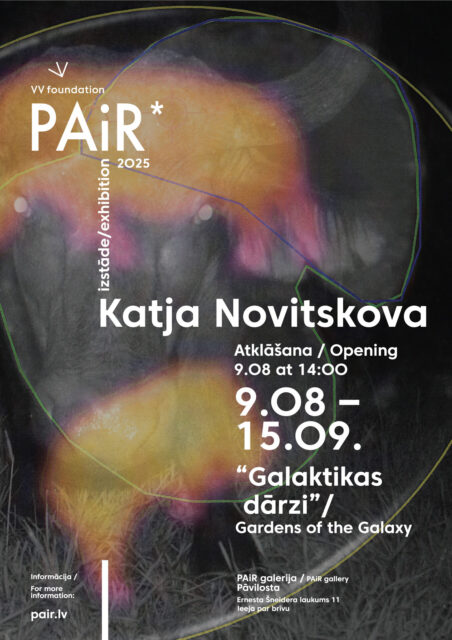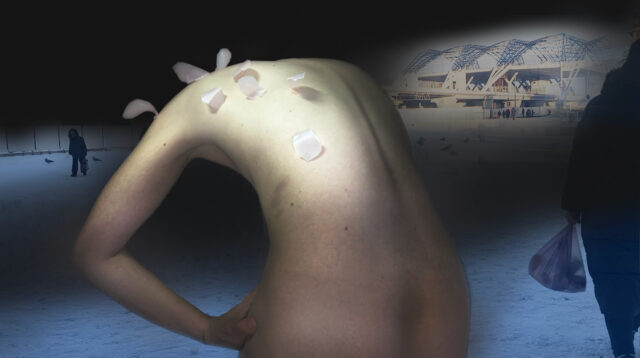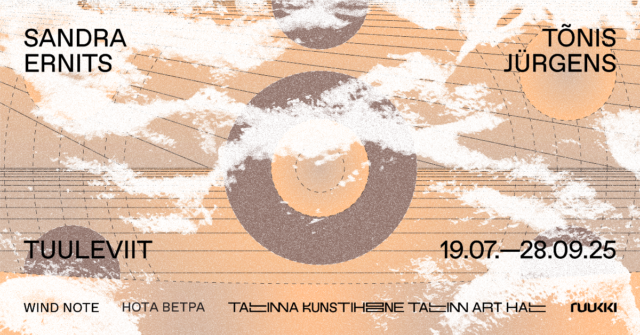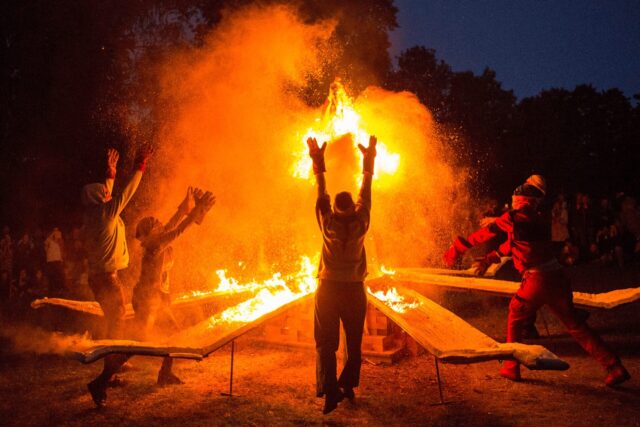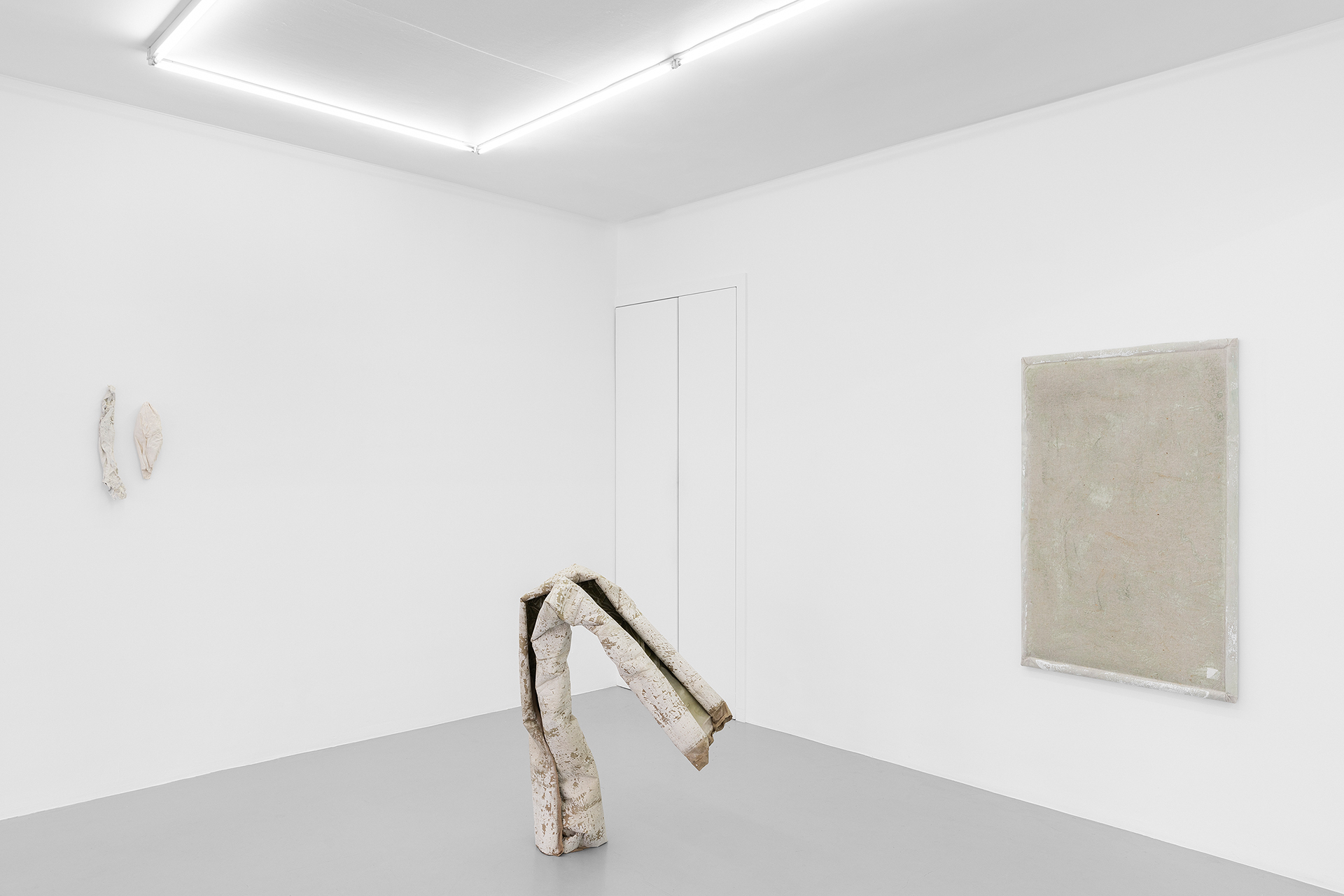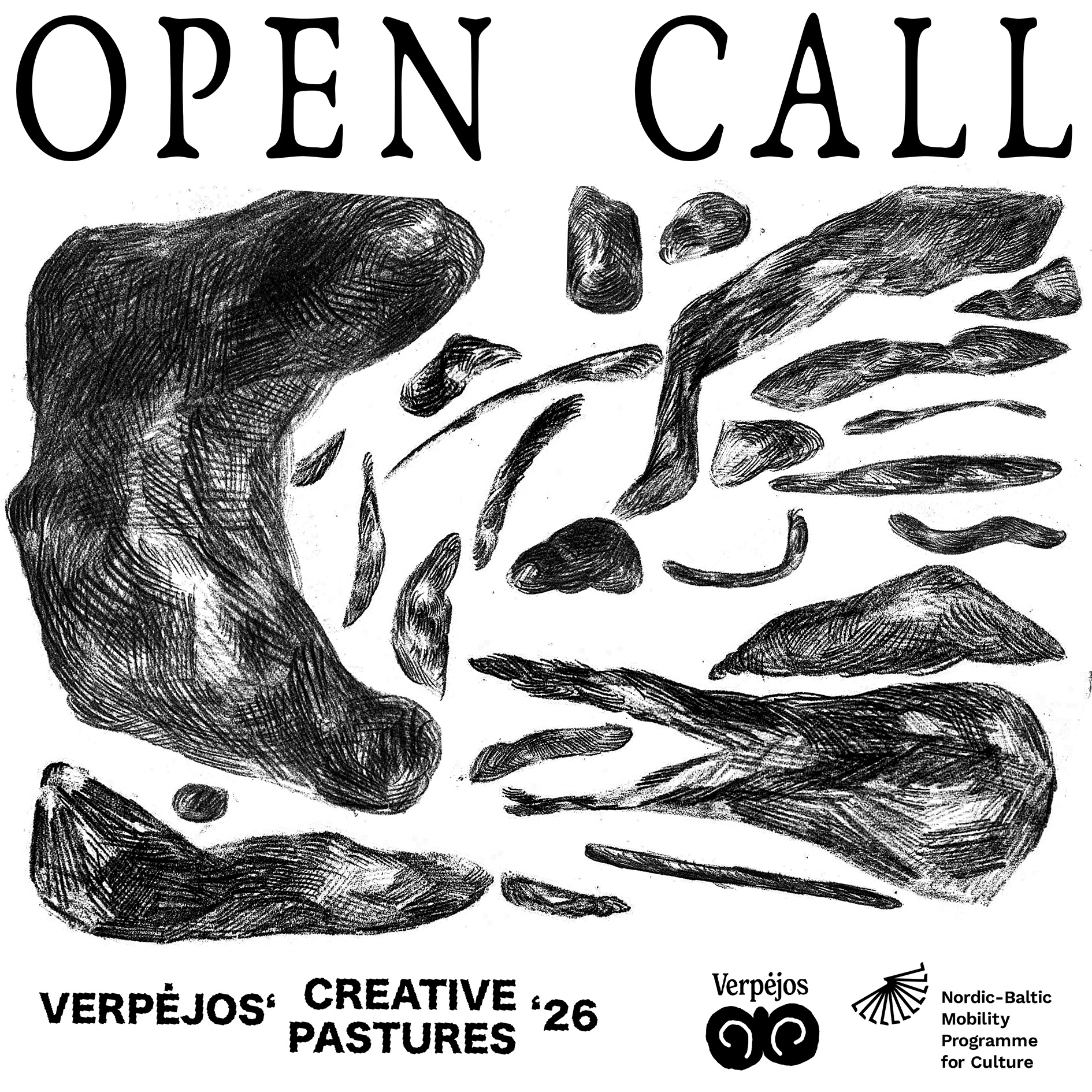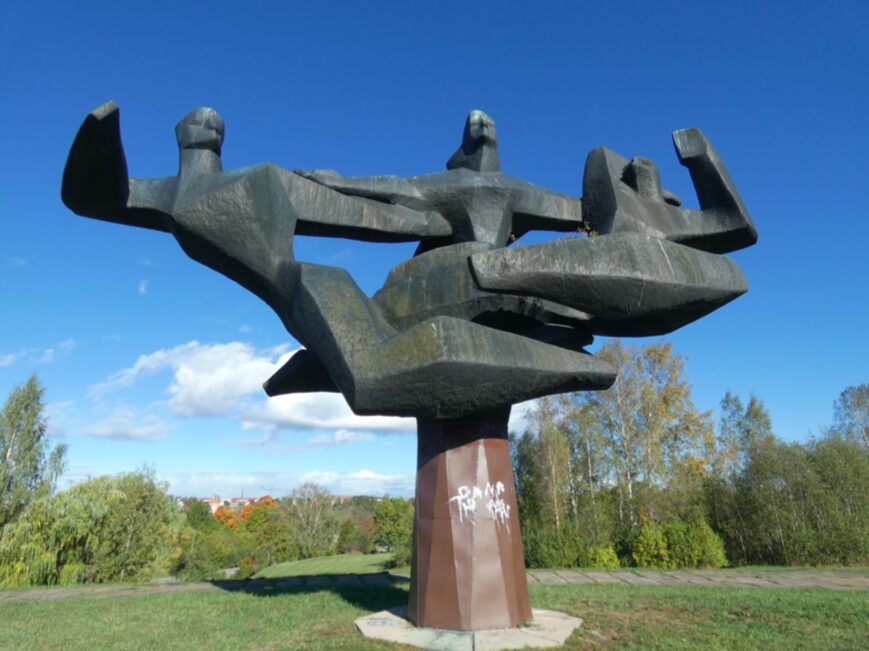Inbox (blue)
I am a receptor. As much as I want to contribute and give next to, let’s say, the beauty of nature, the fabric of the city or other commons in our tangible surroundings, an artist first needs to pick up signals. And for this it’s best to be – 24/7 – open and available. Good practise means to look twice, and walk back. Carry something with you to write! And don’t reject a thought before you have given it more thought. My smartphone has a semi-decent camera to add to my continuously growing photo and video archive. Everything can be my material, although some things might become spam, while others could be forwarded if they’d belong better with a friend or colleague. On the Todoist app, my inbox is blue, but I don’t have to be blue to function as a contemporary artist: the tortured artist is a matter of the past. In order to receive, I am an active and outgoing participant, I propose and collaborate.
Today (green)
You could call me an entrepreneur, in the sense that I am a self-made person. It is not perce my talent, or steady hand, but my flexibility, hunger to learn, witty comments and active attitude of today that determine how I am doing in the scene. Every day is a new chance to plant, replant and harvest. I have to say it is a warm thought. Every day could be fruitful. But at the same time, there is a lot to be done. I decided to stop scrolling on Facebook and add an extension to my browser that doesn’t allow my news feed to distract me, but instead, provide me with an inspirational quote. Then again, that one tells me that tomorrow is the busiest day of the year, some day is not a day of the week and regularly quote’s Michael Jordan: “I can accept failure, everyone fails at something. But I can’t accept not trying.” So today is another day, another try.
Upcoming (purple)
What’s next? I check my list. Or do you mean in the grand perspective? It’s hard to plan ahead, because sometimes it is a waiting game. I send a signal and wait. And then I check my list, which is often full. If it is empty something must be wrong: there are always things to see and to question. Somewhere to be and something to say. I check my list: the other one. My Google Doc file with possible works. The one with stuck works, or failed ones. I list them down so I can see. I mean, at any point they could be rescued. Maybe I have not worked through them enough. Or I have overworked them, and they need a break. Sooner or later, these works might get transferred from one list to the other. Maybe they can contribute to the possible title list. They could be purple, for they are bright and rich.
Filters & labels (orange)
In the end of the working process, I tend to sift things out. It’s best to try all the possible angles, materials and compositions, in order to actually see and understand what I do and do not want, to eventually leave that last one behind. It’s exciting (I am for real!) to have the privilege to test different outcomes. It feeds me, and opens up the following starting points. But in the end, I place myself, again, on trial to make a final cut. Decision making is often hard but fruitful: it creates a mark, a steady dot, a viewpoint. Less is more, and choosing is not losing. The ones left out weren’t for nothing, I would even dare to say the opposite: they are carried and visible deep within this final decision (if you haven’t visited various routes one can often feel it in the work).
Projects (and their room to wiggle)Finally, one could state (much debated, but nonetheless interesting) that we are no more sculptors and painters as we are project workers. While reading the first edition of the Estonian magazine A Shade Colder, an interesting piece by Jan Verwoert elaborates in a similar way on the life and work of Estonian artist Anu Põder. He states that the artist breaks out of the general canon of modern art, more specifically, with her rhythm between life and art, and the way practise works. Instead of looking for the red thread, and approaching her artistic practise as a steady, linear, growing line, the artist allows life to interrupt art and vice versa. Her process is, as Verwoert states, “making masterworks in intervals”. I would personally refer to it as a natural, episodical way of working. This reminds me of project-based working. Projects themselves tend to be a nonlinear route. They overlap, are put on hold, work in reversed and diagonal ways. Projects come in all forms and shapes and fitting them within daily calendars and lists takes practise and reflects on the flexibility asked from all of us, let it be artists, creatives, freelancers, workers, people. Apps such as the ToDoist intend to help us with our structure and overview of to do’s and not to do’s. This particular app even structured this text. But in daily artistic practise, there are not only overflowing and interrupted colourful lines, as the central piece of Katariin Mudist in the monumental gallery of Tartu Art House expresses. There are also rational, dry moments, or tasks which lead to confusion and a sense of pointlessness. But the most intriguing, to keep going, is the wind in the space moving the plexi glass calendar. It highlights the cuts in both the days and tasks, which have the potential to become fresh moments of redirection, reforming and, well, wiggle room.
29.07.–28.08.22
The exhibition is supported by: Estonian Cultural Foundation and Anderson’s craft beer. Exhibition design: Alden Jõgisuu.
Exhibition team: Tanel Asmer, Elika Kiilo-Kulpsoo, Johanna Mudist, Peeter Talvistu, Urmo Teekivi and Mae Variksoo.
Thanks: Sander Koit, Alan Voodla, Sophie Durand and Maria Elise Remme
Photography: Jürgen Vainola
